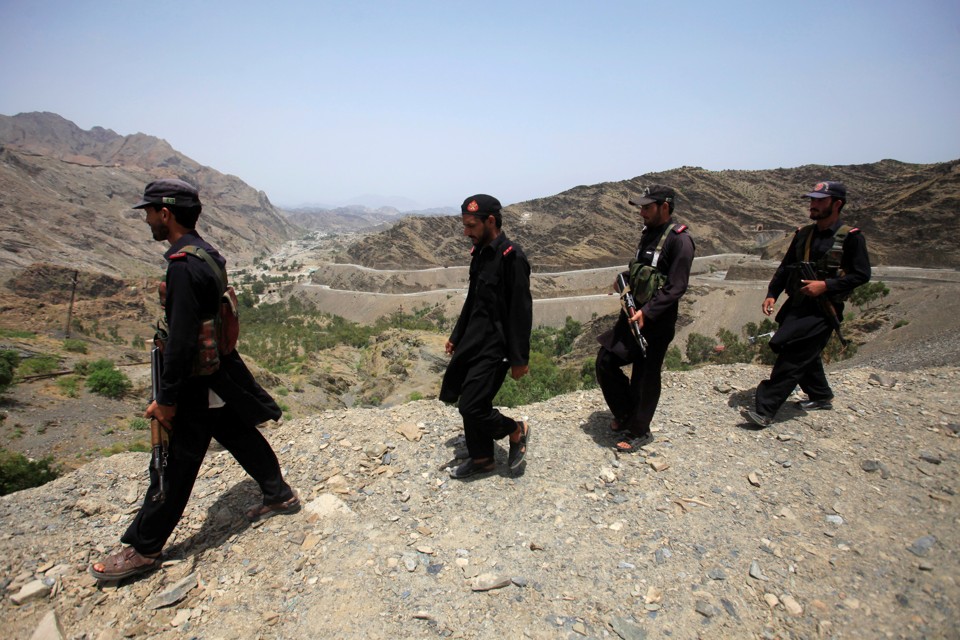Forecast Highlights
As tensions mount in Moscow's standoff with the West, the upcoming Zapad military exercises likely will be larger and more important than ever before.
Still, the exercises probably won't serve as a pretext for Russian to invade Belarus or to take offensive military action against the Baltic states or Ukraine, as some countries on the Russian periphery fear.
The drills will offer indications of the tactics and targets the Russian military is focused on, and Moscow could use the exercises to boost its presence in states along the front line with North Atlantic Treaty Organization forces and to increase its military assets in Belarus.
In the grand standoff between Russia and the West, one of the strategic messages that Moscow regularly sends its adversaries comes by way of military drills. The Zapad exercises are the highest profile war games Russia plays. And since their inception in the mid-1970s, the drills — whose name means "west" in Russian — have served as a reflection of the relationship between Moscow and its Western counterparts and as a preview of future military actions and techniques.
From Cold War Training to Signs of a Russian Resurgence
The Zapad exercises began during the Soviet era as a way for Moscow to test new weapons systems, smooth out interoperability among Warsaw Pact members and display its military might. According to the North Atlantic Treaty Organization (NATO), the drills hit their peak in 1981 when between 100,000 and 150,000 Soviet personnel engaged in exercises simulating the invasion of Germany and the deployment of nuclear strikes against the West. The pace and intensity of the drills dropped off after the collapse of the Soviet Union, though they continued at sporadic intervals. But in September 2009, just a year after the Russia-Georgia war formally marked Moscow's resurgence as a regional power, the Zapad exercises returned as a more regular event, this time held jointly with Belarus. The two countries have partnered in the drills ever since.









/arc-anglerfish-arc2-prod-mco.s3.amazonaws.com/public/QXVUVNU47FEQXKH5W6XO7REAIA.jpg)




